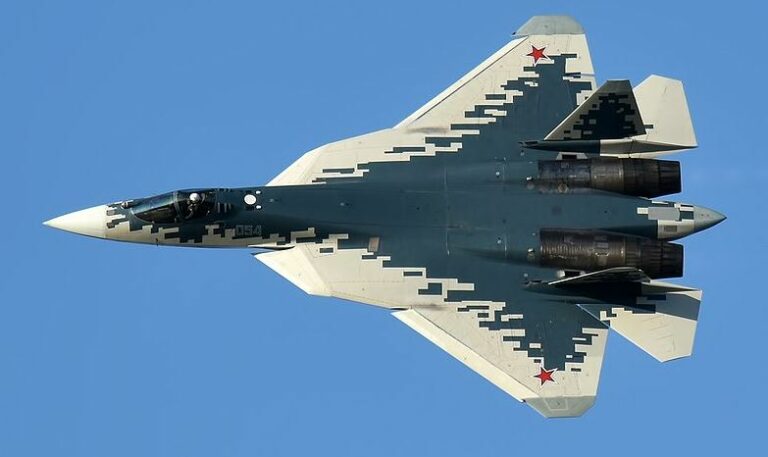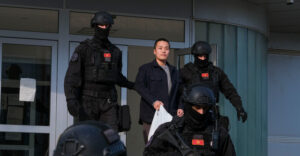Following reports that a Ukrainian Air Force Su-27 fighter and accompanying Su-24 strike fighter were shot down by Russian forces following a strike on Russia’s Belgorod region, conflicting reports from a number of Russian and Indian news outlets have indicated that a Russian Su-57 fighter was responsible. These have contradicted earlier reports that an S-300V4 air defence system using a 40N6 or possibly a 48N6DM surface-to-air missile was responsible.
The Su-27 shootdown, although far from the first over Ukrainian skies, was particularly notable due to the 217km range at which it was achieved – making it by far the longest-ranged fighter shootdown on record. The previous record for a surface-to-air shutdown was held by Russian S-400 systems based in Belarus, which shot down a Su-27 over Kiev in March at approximately 150km. Should the Su-57 have been responsible, however, it would mark a major milestone in the program and made the Russian fighter the very first in the world from the fifth generation to achieve a kill against an enemy fighter.
The Su-57 has been involved in operations over Ukraine since March, with aircraft confirmed to be carrying out strike and air defence suppression missions. This follows the previous deployment of Su-57s for combat testing and strike operations in Syria – although at the time the class was not operational in the Russian Air Force and advanced combat-capable prototypes were used. The Russian Air Force currently fields an estimated six Su-57 fighters, although their advanced sensors including six AESA radars as well as highly potent electronic warfare systems have reportedly made them a valuable asset over Ukraine – particularly considering that no other Russian fighter class fields remotely comparable capabilities. The deployment of the aircraft for air-to-air combat, if confirmed, would reflect a much higher level of confidence in the fighter class – with its American fifth-generation rival the F-35 being much more limited in its ability to contribute to complex air-to-air operations.
source militarywatchmagazine.com
Ask me anything
Explore related questions





